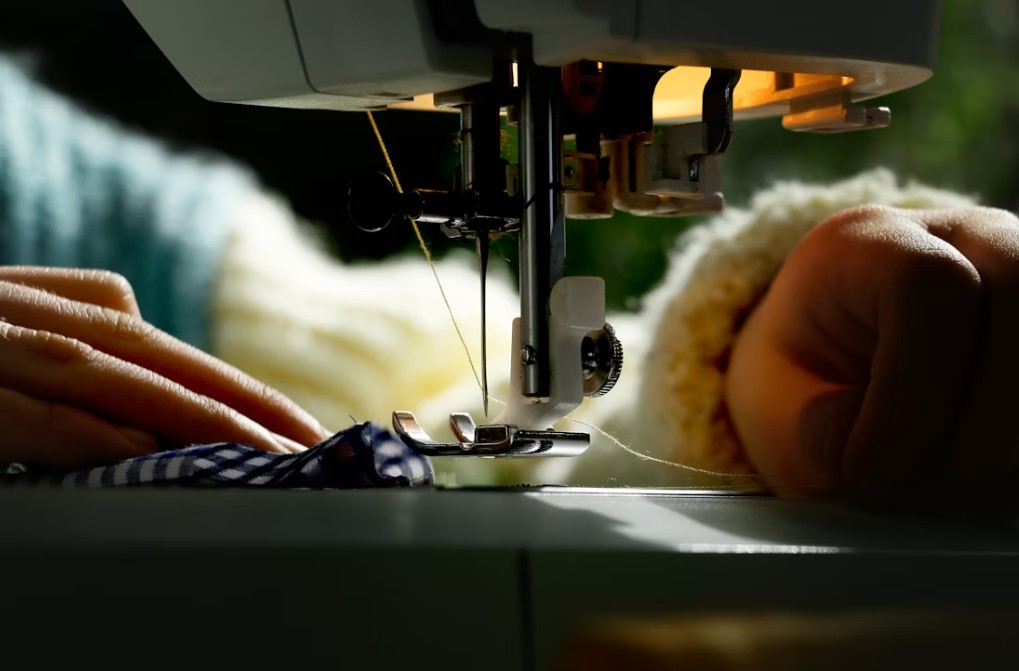In the world of fashion, textile production, and DIY tailoring, nahttypen (seam types) play a pivotal role in defining the structure, durability, and aesthetics of a garment. Whether you are a fashion student, home sewer, or a professional tailor, understanding different nahttypen can elevate your sewing skills to the next level. These seam types aren’t just functional — they can be decorative, flexible, and specific to fabric type and usage.
What Are Nahttypen?
The German word “nahttypen” simply translates to “types of seams” in English. In sewing terminology, a seam is the line where two or more layers of fabric are held together with stitches. Depending on the purpose and fabric type, there are various nahttypen tailored for strength, elasticity, invisibility, or design.
For example, the seam in athletic wear differs vastly from that in a formal shirt, and that’s because different are applied based on the required result.
Importance of Choosing the Right Nahttypen
Choosing the right nahttypen affects:
-
Durability: Some seam types withstand more stress.
-
Comfort: Soft seams are better for inner garments.
-
Appearance: Decorative seams enhance style.
-
Fabric Suitability: Certain seams work better with specific materials.
Making an informed decision based on the project ensures your sewing stands the test of time — both in quality and aesthetics.
Common Nahttypen Used in Sewing
Let’s explore the most commonly used nahttypen and their purposes:
1. Plain Seam (Geradstich-Naht)
This is the most basic and widely used nahttypen. It involves stitching two fabric pieces together, usually with a straight stitch. It’s ideal for most general sewing tasks and serves as the foundation for more complex seams.
2. French Seam (Französische Naht)
Perfect for sheer or delicate fabrics, this seam encloses the raw edges for a clean finish. It’s a favorite in lingerie and blouses.
3. Flat-Felled Seam (Kappnaht)
Commonly used in jeans, this is known for its strength and durability. It hides raw edges completely and adds a double-layer of stitching.
4. Zigzag Seam (Zickzack-Naht)
Used primarily in knit fabrics, this allows for stretch and movement, making it essential in activewear and stretch garments.
5. Overlock Seam (Overlocknaht)
Done with a serger, this seam type binds the fabric edges and trims them in one go. It’s a professional often used in ready-to-wear garments.
How to Choose the Right Nahttypen for Your Project
When selecting a nahttypen, consider these factors:
-
Fabric Type: Lightweight fabrics work well with French seams, while thick ones need stronger options like flat-felled seams.
-
Garment Function: Use zigzag or overlock seams for stretchy items and plain seams for structured clothes.
-
Aesthetic Preference: Decorative nahttypen like topstitch seams can enhance your design.
Advanced Nahttypen for Professional Results
While beginners stick to basic seam types, advanced tailors use specialized nahttypen to achieve more:
6. Bound Seam (Eingefasste Naht)
Used for an elegant finish, this seam is covered with bias tape and used in unlined garments or jackets.
7. Double-Stitched Seam (Doppelt genähte Naht)
Two lines of stitching for extra strength.
8. Lapped Seam (Überlappte Naht)
Used in leather or vinyl, this nahttypen overlaps one piece of fabric over the other, then sews through both.
Nahttypen in Fashion vs. Industrial Sewing
French seams and bound seams are common in haute couture. In contrast, industrial sewing focuses on efficiency and durability — favoring overlock and flat-felled seams for mass production.
Tools and Techniques for Better Nahttypen
To achieve clean and strong seams:
-
Use the Right Needle: A ballpoint needle for knits, sharp needle for wovens.
-
Stitch Length Matters: Adjust according to fabric type.
-
Iron As You Go: Pressing each seam after sewing ensures better results.
Also, a good sewing machine with overlock capabilities gives you access to a wider variety of .
Common Mistakes to Avoid with Nahttypen
-
Ignoring Fabric Stretch: Using a non-stretch seam on knitwear causes breakage.
-
Skipping Finishing: Raw seams unravel — always use a finishing method.
-
Improper Stitching Tension: Results in puckering or loose seams.
Always test your on scrap fabric before working on the actual garment.
Conclusion: Mastering Nahttypen for Seamless Sewing
Understanding and applying the right is crucial in sewing. From plain seams to decorative options, each seam type serves a unique purpose. Whether you’re sewing a dress, crafting a jacket, or tailoring jeans, the right will improve not only the appearance but also the functionality of your garment.
Sewing is as much a science as it is an art, and mastering the details — like — will put you ahead in the craft.

